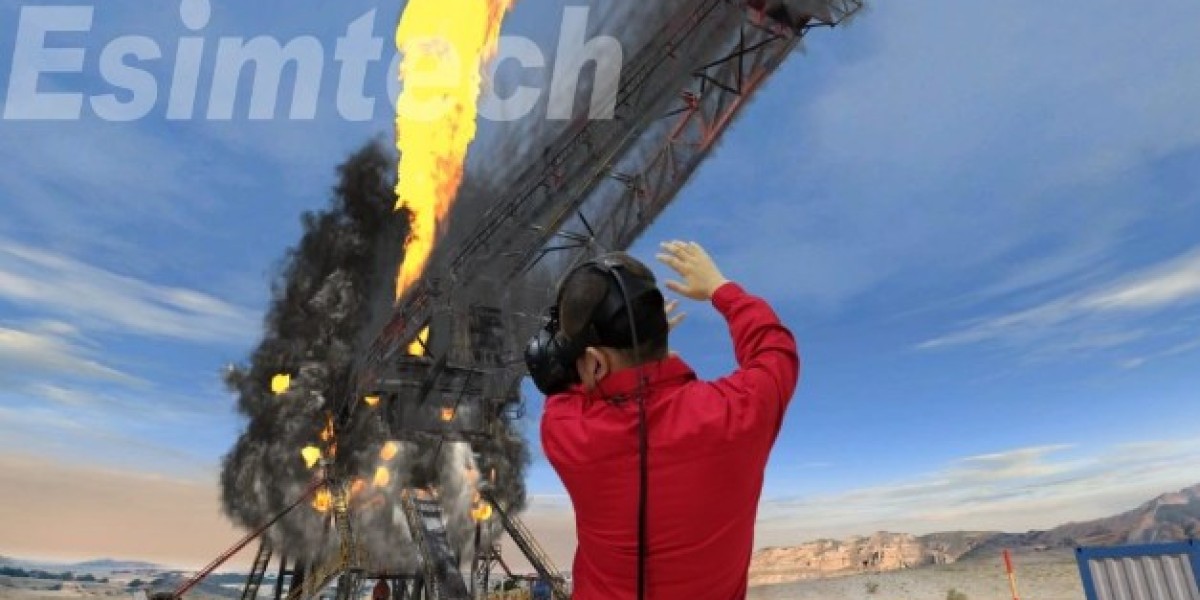Virtual reality (VR) simulation holds promise to transform emergency response training. By recreating realistic scenarios, VR allows trainees to practice skills without risk. However, for VR training to achieve its potential, human factors must be carefully considered.
The Appeal of VR Simulation Training
Traditional emergency response simulation uses mannequins, role-playing, or computer programs. VR takes this further by immersing trainees via headsets into interactive 3D environments. Within VR simulations, trainees can enter hazardous situations that would be too dangerous or expensive to replicate in real life.
VR also provides valuable performance data to evaluate training effectiveness. Metrics on response times, errors, and stress levels enable optimization. Perhaps most importantly, VR engages trainees through immersion.
Applications for Emergency Responders
VR is well-suited for skills required in high-pressure incidents like fires, medical emergencies, and active shooter responses. Simulations allow unlimited practice of rare scenarios. VR training modules continue advancing to replicate forensic details and sensory elements like heat, smell, and noise.
Considering Human Factors in VR Design
While VR offers advantages, human factors like usability, comfort, and psychological fidelity must not be overlooked for training to be effective. Problems in these areas could undermine skills transfer.
Avoiding the Uncanny Valley
Realistic but imperfect virtual humans may induce unease. Training developers should prioritize capturing subtle human cues to facilitate empathetic, threat-focused responses.
Preventing Simulator Sickness
VR mismatches between visual and vestibular systems can induce nausea. Gradual exposure and frequent breaks can minimize this risk of "sim sickness" hindering training.
Ensuring Psychological Fidelity
Scenarios must authentically replicate cognitive/emotional demands to drive skill improvement. Developing validated metrics informs iterative refinement.
Validating VR Platform Accuracy
Technological limitations like imprecise weapon tracking could undermine skills transfer if unaddressed. Independent validation helps identify issues for correction.
Avoiding "Shiny Object Syndrome"
While exciting, new technologies should not supplant proven methods without demonstrating improved outcomes. Training objectives must drive tool selection.
Maximizing VR's Potential Through Human-Centered Design
With careful consideration of human factors, VR simulation holds promise to enhance emergency response training accessibility and effectiveness. Ongoing refinement guided by performance data ensures this potential is realized to better serve communities.









